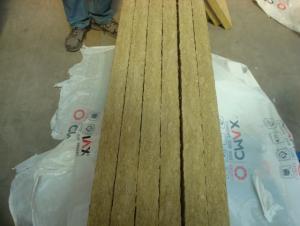Carbon fiber honeycomb sandwich panels are a revolutionary material that has taken the construction industry by storm. These advanced composites are not only lightweight but also incredibly strong, making them the perfect choice for a wide range of construction projects. In this article, we will explore the unique properties of carbon fiber honeycomb sandwich panels, their applications, and why they are becoming increasingly popular in the construction industry.
The Magic of Carbon Fiber
Carbon fiber is a material that has been around for decades, but its use in construction is relatively new. It is made from thin, strong threads of carbon that are woven together to create a fabric. This fabric is then impregnated with a special resin that hardens, forming a composite material that is both lightweight and incredibly strong. The strength-to-weight ratio of carbon fiber is unmatched by any other material, making it an ideal choice for construction projects where weight and strength are critical factors.
The Honeycomb Structure
The honeycomb structure is what gives these panels their unique properties. The panels consist of two thin, strong face sheets made of carbon fiber composite material, with a lightweight core made of honeycomb material in between. This core is made up of a series of hexagonal cells that provide incredible strength and rigidity, while also reducing the overall weight of the panel. The honeycomb structure also helps to distribute loads evenly across the panel, making it more resistant to bending and twisting.
Applications in Construction
Carbon fiber honeycomb sandwich panels are being used in a variety of construction projects, from high-rise buildings to bridges and even temporary structures. Their lightweight nature makes them ideal for use in projects where weight is a critical factor, such as in high-rise buildings where the weight of the structure can impact the stability of the entire building. They are also being used in bridge construction, where their strength and rigidity help to support the weight of the bridge and reduce the need for additional support structures.
In addition to their use in traditional construction projects, these panels are also finding a place in the world of temporary structures. Their lightweight and easy-to-assemble nature makes them perfect for use in disaster relief shelters, pop-up stores, and other temporary applications where a quick and sturdy structure is needed.
The Benefits of Using Carbon Fiber Honeycomb Sandwich Panels
There are several benefits to using carbon fiber honeycomb sandwich panels in construction projects. One of the most significant benefits is their strength-to-weight ratio. This means that they can provide the same level of strength as traditional materials, but with a much lower weight. This can lead to cost savings in both materials and transportation, as well as reduced environmental impact due to lower emissions from transportation.
Another benefit is their durability. Carbon fiber honeycomb sandwich panels are resistant to corrosion, making them ideal for use in harsh environments where traditional materials might degrade over time. They are also resistant to moisture and temperature changes, which can help to extend the lifespan of the structure.
The Future of Carbon Fiber Honeycomb Sandwich Panels
As the construction industry continues to evolve, it is likely that we will see even more uses for carbon fiber honeycomb sandwich panels. As more architects and engineers become familiar with the unique properties of these panels, they will likely find innovative ways to incorporate them into their designs. This could lead to the development of new construction techniques and materials that take advantage of the strength and lightweight nature of carbon fiber honeycomb sandwich panels.
Conclusion
Carbon fiber honeycomb sandwich panels are truly a game-changer in the world of construction. Their unique combination of strength, lightweight, and durability make them an ideal choice for a wide range of projects. As the industry continues to embrace these advanced composites, we can expect to see even more innovative and exciting applications for them in the future. So, the next time you walk by a high-rise building or a bridge, take a moment to appreciate the magic of carbon fiber honeycomb sandwich panels at work.

